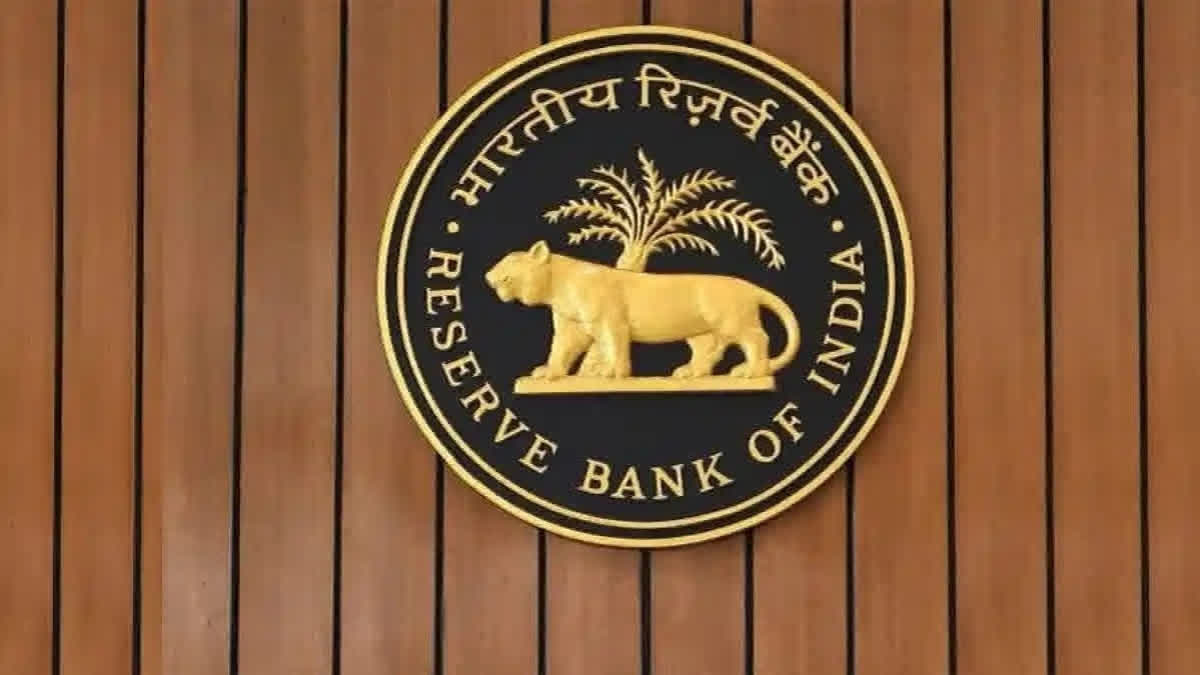Mumbai: India's digital economy is poised to constitute a fifth of GDP by 2026 from one-tenth at present, according to a Reserve Bank report released on Monday. In the foreword of 'Report on Currency and Finance (RCF) for the year 2023-24', Reserve Bank Governor Shaktikanta Das emphasised that digitalisation in finance is paving the way for next-generation banking and improving access to financial services at affordable cost.
India is at the forefront of the digital revolution, the report said. The country has embraced not just financial technology (FinTech) by speeding up digital payments but has also celebrated India Stack comprising biometric identification, the Unified Payments Interface (UPI), mobile connectivity, digital lockers and consent-based data sharing.
The digital revolution is galvanising banking infrastructure and public finance management systems covering both direct benefit transfers and tax collections, the report said. Vibrant e-markets are springing up and expanding their reach.
"It is estimated that the digital economy currently accounts for a tenth of India's GDP; going by growth rates observed over the past decade, it is poised to constitute a fifth of GDP by 2026," the report said.
Several enabling forces have come together to energise this revolution. Although internet penetration in India was at 55 per cent in 2023, the internet user base has grown by 199 million in the recent three years.
India's cost per gigabyte (GB) of data consumed is the lowest globally at an average of Rs 13.32 (USD 0.16) per GB. India also has one of the highest mobile data consumption in the world, with an average per-user per-month consumption of 24.1 GB in 2023. In the foreword of the report, the RBI Governor also said the flagship UPI has revolutionised the retail payment experience for end-users, making transactions faster and more convenient.
In the digital currency arena, the Reserve Bank of India is at the forefront with pilot runs of the e-rupee, the central bank digital currency (CBDC). The digital lending ecosystem is becoming vibrant with initiatives such as Open Credit Enablement Network, Open Network for Digital Commerce and the Public Tech Platform for Frictionless Credit.
He said fintechs are collaborating with banks and non-banking financial companies (NBFCs) as lending service providers. They are also operating platforms to facilitate digital credit. BigTechs are backing payment apps and lending products as third-party service providers. "Digitalisation in finance is paving the way for next-generation banking; improving access to financial services at affordable costs; and enhancing the impact of direct benefit transfers by effective targeting of beneficiaries in a cost-efficient manner," Das said.
He noted that loans in the retail segment are being enabled by online payments and innovative credit assessment models with instant disbursements. Also, e-commerce is being boosted through embedded finance. "All these innovations are making financial markets more efficient and integrated," the Governor said.
At the same time, Das said digitalisation also presents challenges related to cybersecurity, data privacy, data bias, vendor and third-party risks, and customer protection. "Increased inter-connectedness may lead to systemic risks. Additionally, emerging technologies can introduce complex products and business models with risks that users may not fully understand, including the proliferation of fraudulent apps and mis-selling through dark patterns," he said.
The report, on the theme 'India's Digital Revolution', said digitalisation is transforming India's financial sector by changing the way financial institutions operate and interact with their customers and provide financial products and services. Amidst several benefits, digitalisation also brings new challenges in terms of complex financial products, greater interconnectedness, cybersecurity risks, financial frauds, and customer protection, with implications for macro-financial stability.
These issues need to be addressed to realise the full potential of financial digitalisation, it said. The report, the central bank said, reflects the views of the contributors and not of the Reserve Bank. Digitalisation can impact inflation and output dynamics, and monetary policy transmission in diverse manners and the overall impact could vary over time given the fast pace of developments, the report noted.
In this environment, it said central banks would need to incorporate digitalisation aspects comprehensively into their models for the continued efficacy of monetary policy and the achievement of their price and financial stability. The report finds empirical support for the positive role of the regulatory framework in increasing the confidence of consumers in digital financial products, boosting operating and technical efficiencies of financial institutions and engendering more liquid and integrated financial markets.
Read More



